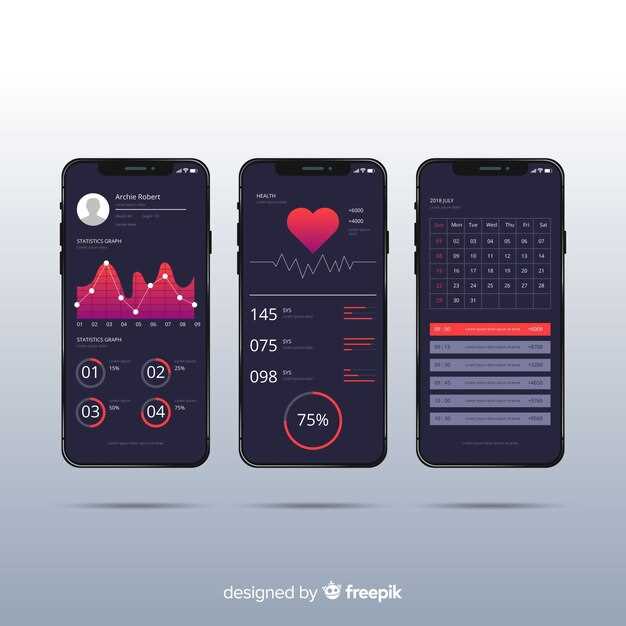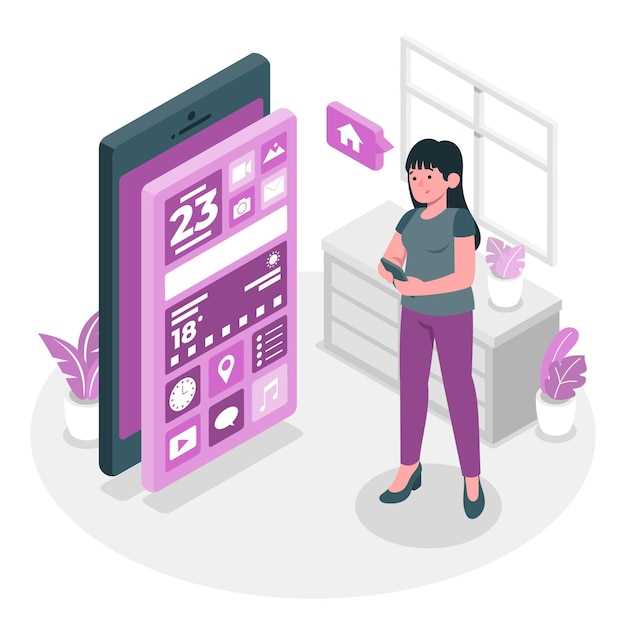Integrating patient care with technology begins with prioritizing data security in mobile app development. Ensure that all applications comply with regulations like HIPAA to protect sensitive health information. This approach not only builds trust among users but also enhances the app’s credibility in a highly sensitive sector.
Consider leveraging telemedicine features that facilitate remote consultations. Research indicates that telehealth services can significantly reduce patient wait times and improve access to healthcare providers, especially in underserved areas. Incorporating video conferencing and secure messaging options will make it easier for patients to communicate with their healthcare teams from any location.
Focus on user experience by designing intuitive interfaces. A survey revealed that 70% of users abandon mobile applications due to difficult navigation. Streamlining user interactions can lead to higher patient engagement and ongoing use of the app, which is crucial for managing chronic conditions. Ensure that essential features are easily accessible to encourage regular utilization.
Integrate data analytics capabilities to track patient progress and outcomes. Utilizing real-time analytics not only enables healthcare professionals to provide personalized care but also helps in adjusting treatment plans based on the data collected. This proactive approach can enhance the overall quality of healthcare delivered.
Lastly, don’t overlook the importance of continuous updates and feedback mechanisms. Establish a process for incorporating user feedback to refine app functionality and address emerging healthcare needs. Engaging users in the development process will result in a product that genuinely meets their expectations and enhances their healthcare experience.
Understanding the Importance of Healthcare Mobile Applications
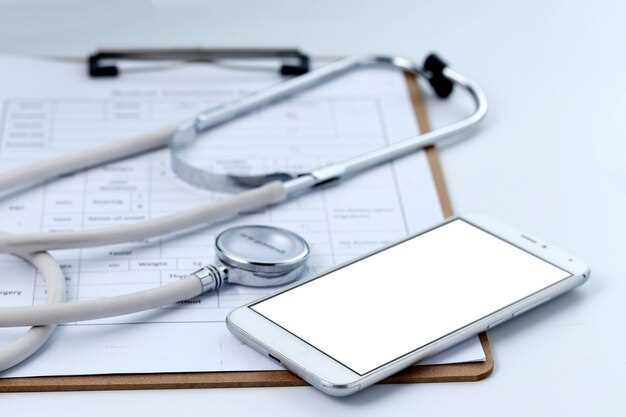
Healthcare mobile applications streamline communication between patients and providers. They allow users to book appointments, access medical records, and receive reminders for medications. By integrating telemedicine features, these apps make remote consultations convenient, significantly reducing wait times.
Data protection is paramount in healthcare. Many mobile applications employ robust encryption and adhere to regulations like HIPAA, ensuring patient information remains secure. This builds trust, encouraging patients to engage more actively in their health management.
User experience plays a key role. Intuitive interfaces and easy navigation ensure that individuals of all ages can access the services without frustration. Regular updates based on user feedback enhance functionality and maintain user interest.
Healthcare apps also offer personalized experiences. Through tailored notifications and individualized health plans, users receive specific advice that aligns with their medical history. These features not only educate but promote proactive health choices.
Analytics integrate seamlessly into these applications, allowing healthcare providers to track patient trends and outcomes. This data influences policy-making and improves patient care strategies over time.
Incorporating features such as fitness tracking and mental health support fosters a holistic approach to wellness. Engaging users beyond traditional healthcare settings cultivates a culture of health awareness.
Partnerships with insurance companies enhance accessibility. Users can track insurance claims, find covered providers, and understand benefits directly through their mobile devices, removing barriers to care.
Investing in mobile healthcare applications is a strategic move for professionals aiming to improve patient engagement and satisfaction. With the right features, these apps are not just tools–they become integral components of modern healthcare delivery.
Key Features to Include in Telehealth Applications
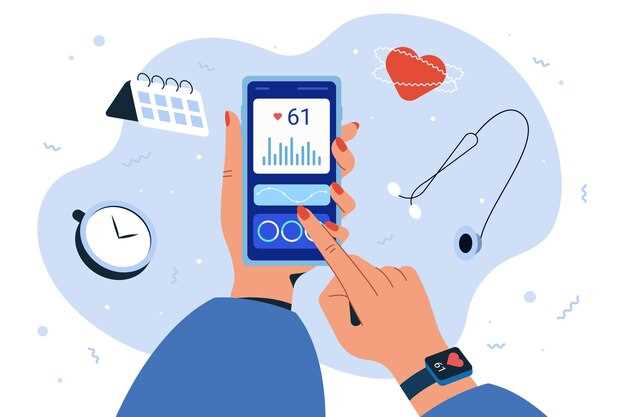
Incorporate secure messaging to enable clear communication between patients and healthcare providers. This feature facilitates quick consultations and follow-up discussions without compromising privacy.
Integrate video conferencing capabilities, allowing real-time consultations and examinations. Ensure the platform supports high-quality audio and video to enhance the interaction experience.
Enable appointment scheduling within the app. This feature should allow patients to browse available time slots, set reminders, and receive notifications to minimize no-shows.
Implement a user-friendly interface. Clear navigation and intuitive design help users of all age groups to easily access services and information.
Add a comprehensive medical records section. Patients should be able to view their history, lab results, and treatment plans at any time. Ensure secure storage and easy retrieval of this information.
Offer prescription management tools. Allow healthcare providers to send prescriptions directly to pharmacies and give patients access to their medication schedules and refill reminders.
Incorporate payment processing features. Enable patients to manage billing securely, facilitating seamless transactions for consultations and services within the app.
Facilitate integration with wearable devices and health tracking technology. This provides healthcare providers with real-time health data, enhancing monitoring and personalized care.
Include educational resources tailored to patient needs. Articles, videos, and other content can help patients understand their conditions and treatment options better.
Ensure compatibility with various platforms and devices. A responsive design allows users to access the application on smartphones, tablets, and computers without difficulties.
Maintain strict adherence to regulatory standards such as HIPAA to protect patient information. Implement encryption and secure data transmission protocols to ensure compliance and user trust.
Best Practices for mHealth App Development
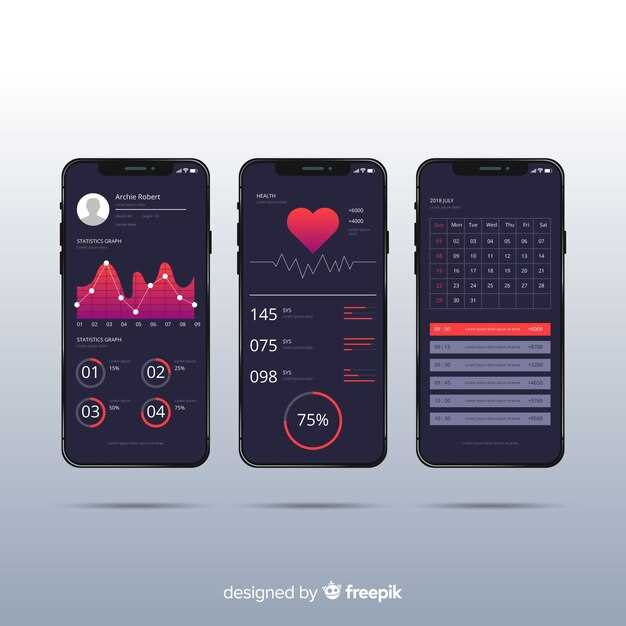
Prioritize user experience (UX) in your design. Intuitive navigation and clean interfaces are critical. Conduct usability testing with real users to gain valuable feedback.
Ensure compliance with healthcare regulations. Familiarize yourself with HIPAA and GDPR guidelines. Implement necessary security measures to protect patient data.
Incorporate evidence-based features. Collaborate with healthcare professionals to create tools that provide accurate information and resources. This increases trust and enhances user engagement.
- Leverage patient feedback for continuous improvement.
- Implement a feedback loop within the app to gather insights.
- Use analytics to monitor user behavior and refine features accordingly.
Focus on accessibility. Design for users with disabilities by including features like voice commands, larger text options, and high-contrast visuals to ensure everyone can benefit from your app.
Integrate with existing health systems and devices. Allow users to sync their data with wearables or electronic health records (EHR) for a more comprehensive health management experience.
- Utilize APIs for seamless integration.
- Ensure interoperability with various devices and platforms.
Test rigorously before launch. Perform extensive QA to identify bugs and usability issues. Consider beta testing with a select group of users to gather early impressions and make adjustments.
Establish clear communication channels. Offer in-app messaging or help sections for users to reach out with questions or concerns. Prompt support can significantly enhance user satisfaction.
Consider gamification to encourage user engagement. Implement rewards, challenges, or progress tracking to motivate users in their health journeys.
Finally, keep updates regular. Stay current with technological advances and user needs. Regularly release updates that improve performance or introduce new features, showing users you value their experience.
Navigating Regulations: Ensuring HIPAA Compliance
Conduct a thorough risk assessment to identify potential vulnerabilities in your mobile app. This step lays the groundwork for HIPAA compliance, allowing you to address issues proactively.
Implement strong encryption protocols for data at rest and in transit. Use industry-standard algorithms to secure sensitive patient information, minimizing the risk of data breaches.
Ensure that your app features strict access controls. Implement user authentication methods, such as multi-factor authentication, to restrict access to authorized personnel only.
Regularly perform audits and vulnerability assessments. Schedule these checks to verify compliance with HIPAA standards and address any gaps promptly.
Develop and maintain a robust privacy policy. Clearly outline how the app collects, stores, and shares patient data, ensuring users understand their rights and how their information is protected.
Establish comprehensive training programs for all staff involved in app development and management. Educate teams about HIPAA regulations and the importance of safeguarding patient information.
Create Business Associate Agreements (BAAs) with third-party vendors. Ensure that any entity handling protected health information (PHI) on your behalf adheres to HIPAA requirements.
Incorporate audit logs within the app. Track user activity, including data access and changes, to provide a clear trail for compliance verification.
Regularly update your app to patch vulnerabilities and improve security features. Stay informed about the latest security threats and adjust your strategies accordingly.
Foster a culture of compliance within your organization. Make adherence to HIPAA standards a priority at every level, from development to management.
Choosing the Right Technology Stack for Medical Apps
Select technologies that prioritize security and compliance with regulations like HIPAA. For back-end development, consider Node.js for its performance in handling concurrent requests. Python is another solid choice due to its simplicity and strong libraries for data analysis and machine learning.
For front-end development, React Native stands out for cross-platform capabilities, allowing you to build a single codebase for both iOS and Android. This reduces development time and ensures a consistent user experience. Flutter is an alternative that provides a rich set of widgets for intuitive interfaces.
When it comes to databases, opt for PostgreSQL or MongoDB. PostgreSQL offers robustness and reliability, particularly for structured data, while MongoDB is suitable for unstructured data, providing flexibility for future changes.
Integrate APIs for connectivity. Look for secure and well-documented RESTful or GraphQL APIs that can streamline data exchange with external systems, like Electronic Health Records (EHR). Ensure that these APIs follow best practices for security, such as OAuth for user authentication.
Consider cloud platforms like AWS or Google Cloud for hosting due to their scalability and extensive security features. They offer tools specifically designed for healthcare applications, making it easier to manage data and comply with industry regulations.
Finally, remain adaptable. The tech landscape can shift, so select modular technologies that allow easy updates and integrate new features without major overhauls. Keeping your stack flexible helps you respond quickly to user needs and regulatory changes. This strategic approach lays a solid foundation for your healthcare app’s success.
Implementing User-Centered Design in Healthcare Apps
Focus on understanding the users’ needs through detailed research. Conduct interviews and surveys with patients, healthcare providers, and caregivers to gather insights into their experiences and challenges. Create user personas to visualize different user types and their specific requirements. This allows the design team to tailor the app features directly to user expectations.
Iterative Design and Prototyping
Utilize iterative design principles. Start with low-fidelity wireframes and evolve them into high-fidelity prototypes based on user feedback. Conduct usability testing sessions after each iteration. Observe real users interacting with your designs to identify pain points and areas for improvement. Incorporate their feedback promptly to refine the app continuously.
Accessibility and Inclusivity
Ensure the application is accessible to all users. Implement features like voice recognition, adjustable font sizes, and color contrast options to accommodate users with disabilities. Consider multilingual support to reach a broader audience. Inclusivity increases user satisfaction and engagement, fostering a sense of ease for every individual interacting with the app.
Integrating Wearable Technology with Mobile Health Apps
Link wearable devices to mobile health applications for real-time data sharing and enhanced user engagement. Establish seamless connectivity through Bluetooth or Wi-Fi to ensure accurate health monitoring. For example, heart rate monitors can transmit data directly to an app, allowing users to track their metrics effortlessly.
Data Synchronization and User Experience
Synchronize data continuously to provide users with insights. Create a user-friendly dashboard that displays metrics like steps taken, calories burned, or sleep patterns. Include visualizations such as graphs and progress bars for clarity. Ensure the app sends notifications for significant changes in health data, prompting timely interventions.
Security and Privacy Measures
Incorporate robust security protocols to protect sensitive health information. Use encryption for data transmission and storage. Clearly communicate privacy policies to users. Encourage them to manage their data preferences, enhancing trust in the app’s functionality.
Integrate educational resources to help users understand their health data. Gamify the experience by introducing challenges or rewards for reaching health goals. This approach not only boosts user motivation but also builds long-term engagement with both the wearable technology and the mobile app.
Measuring Success: Metrics for Healthcare App Performance
Focus on user engagement metrics to evaluate how well your healthcare app resonates with patients and providers. Track daily active users (DAU) and monthly active users (MAU) to understand retention rates and identify any drop-off points. A high DAU/MAU ratio indicates strong engagement and satisfaction.
User Satisfaction Scores
Gather user feedback through in-app surveys or third-party tools. Net Promoter Score (NPS) and Customer Satisfaction Score (CSAT) are effective methods to gauge user sentiment. Regularly analyzing these scores provides insight into areas needing improvement and helps shape future updates.
Clinical Outcomes
Measure the impact of your app on patient health metrics. For example, if your app aims to manage chronic conditions, track relevant outcomes like blood glucose levels in diabetic patients or adherence rates to medication schedules. Correlate app usage with these health outcomes to demonstrate tangible benefits.
| Metric | Description | How to Measure |
|---|---|---|
| DAU/MAU | Ratio that indicates engagement levels | (Daily Active Users / Monthly Active Users) x 100 |
| NPS | Measures likelihood of recommending the app | Survey users with the question: “On a scale from 0 to 10, how likely are you to recommend this app?” |
| CSAT | Measures user satisfaction | Ask users to rate their satisfaction on a scale (e.g., 1-5) after using the app |
| Health Outcomes | Track improvement in patient health metrics | Use analytics tools to collect data on key health indicators |
Analyze usage patterns to identify frequently accessed features and any bottlenecks users encounter. Tools like Google Analytics or Mixpanel can help track user journey and feature performance. Regularly update your app based on these insights to align with user needs and expectations.
Monitor crash reports and error logs to ensure technical stability. A low crash rate contributes to user satisfaction and retention. Maintain a system for promptly addressing any issues that arise to minimize user frustration.
Keep an eye on app store ratings and reviews as they significantly impact user acquisition. Encourage satisfied users to leave positive feedback and address any negative reviews constructively to improve your app’s reputation.
Video:
Insights of Metaverse HealthCare App Development | Metaverse Healthcare Software Development Company
Insights of Metaverse HealthCare App Development | Metaverse Healthcare Software Development Company by Apptunix – App Development Company 383 views 1 year ago 6 minutes, 11 seconds
Q&A:
What are the main benefits of mobile app development for the healthcare industry?
Mobile app development for healthcare offers numerous benefits, including improved patient engagement, streamlined communication between healthcare providers and patients, and enhanced access to medical information. With mobile apps, patients can easily schedule appointments, access their medical records, and receive reminders for medication. Healthcare professionals can use apps for real-time updates on patient health and better coordination of care across teams, leading to improved outcomes.
What key features should a healthcare app include?
Healthcare apps should include features such as secure user authentication, appointment scheduling, telemedicine capabilities, medication tracking, and integration with wearable devices. Security is vital due to the sensitive nature of health information. User-friendly interfaces that facilitate easy navigation and accessibility for all age groups are also important. Additionally, real-time notifications and reminders can enhance user engagement.
How can developers ensure the security of mobile healthcare apps?
To ensure the security of mobile healthcare applications, developers should implement strong encryption protocols for data in transit and at rest. Regular security audits and adherence to regulations such as HIPAA are crucial. Employing secure user authentication methods, such as biometric login or two-factor authentication, can significantly enhance security. Continuous updates and patches to address vulnerabilities are also critical in maintaining the security of the application.
What challenges do developers face when creating healthcare apps?
One of the main challenges developers encounter is adhering to stringent regulations and compliance standards. This includes ensuring that the app meets privacy and security guidelines, such as HIPAA in the United States. Additionally, integrating with existing healthcare systems and managing data interoperability can be complex. Moreover, understanding the specific needs of healthcare professionals and patients to create user-centered designs adds another layer of difficulty in the development process.
What trends are shaping the future of mobile app development in healthcare?
Several trends are influencing the future of mobile app development in the healthcare sector. Telehealth capabilities are on the rise, allowing patients to receive care remotely. The use of artificial intelligence and machine learning is also becoming more prevalent, enhancing data analysis and personalized treatment plans. Additionally, there is a growing emphasis on patient-centered designs, making apps more intuitive and accessible. Wearable technology integration is another trend, allowing for real-time health monitoring and data collection.
